Explore the Best AI Image Gallery
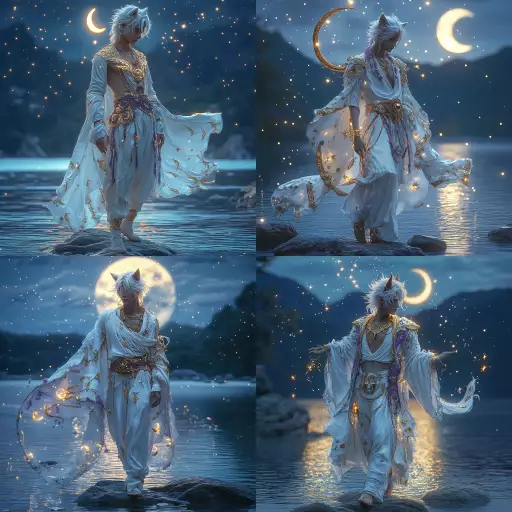
Where Tech Meets Muse: Wearable Innovation in the Creative Industry
The intersection of technology and creativity has always been a fertile ground for innovation. Today, wearable technology is emerging as a powerful force, reshaping the creative industry in profound ways. From augmented reality experiences to interactive installations, wearables are empowering artists, designers, and innovators to push boundaries and explore uncharted territories.
Wearable Tech: A Creative Canvas
Wearables offer a unique canvas for artistic expression. Artists can now utilize sensors, haptic feedback, and even biofeedback to translate emotions, movements, or physiological data into interactive artworks. Imagine a sculpture that reacts to the viewers heartbeat, or a performance piece where dancers movements control a dynamic soundscape.
Examples of Wearable Creativity
- Interactive Fashion: Designers are incorporating LEDs, sensors, and other tech elements into clothing, creating garments that respond to the wearers environment or actions.
- Augmented Reality Art: AR applications overlaid on wearable displays can transform everyday spaces into immersive art experiences. Viewers can interact with digital sculptures, paintings, or environments that react to their presence.
- Bio-Interactive Installations: Artists are using wearables to collect real-time biofeedback from participants and translate it into visual or sonic outputs, creating collaborative installations that explore the relationship between technology and the human body.
The Potential of Wearable Tech in Design
Beyond art, wearable technology is revolutionizing design across various fields.
- Architecture and Urban Planning: Wearables can help architects visualize and experience buildings in 3D before construction, allowing for more immersive and interactive design processes.
- Product Design: Designers can use wearables to prototype and test their creations in real-world scenarios, gathering valuable user feedback and refining their designs iteratively.
- Industrial Design: Wearable sensors can provide real-time data on how objects are used, helping designers optimize functionality and ergonomics.
Ethical Considerations
As wearable technology becomes more integrated into our lives, its crucial to consider the ethical implications.
- Privacy Concerns: Wearables collect vast amounts of personal data, raising concerns about how this information is used and protected.
- Bias and Discrimination: Algorithms used in wearable technology can perpetuate existing biases if not carefully designed and monitored.
- Accessibility:** Its important to ensure that wearable technology is accessible to people with disabilities and does not create new barriers.
The Future of Wearable Creativity
The future of wearable technology in the creative industry is brimming with possibilities. We can expect:
- More Immersive Experiences: Advances in augmented and virtual reality will create even more immersive and interactive artistic experiences.
- AI-Powered Creativity: Artificial intelligence will play an increasingly important role in assisting artists, generating new ideas, and automating creative tasks.
- Personalized Art and Design: Wearables will enable the creation of truly personalized art and design experiences, tailored to individual preferences and tastes.
The convergence of wearable technology and creativity is ushering in a new era of artistic expression. By embracing these innovations responsibly, we can unlock the full potential of this exciting intersection and shape a future where technology empowers creativity and enriches our lives.
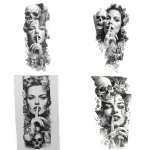

](https://images.ai-img.art/thumbnails/150/336026613fd234b8d6908fe18ecc09b2b2ecf7b8dfe294742041c9862dc499c1.webp)
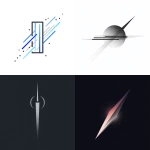
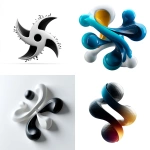

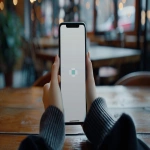
](https://images.ai-img.art/thumbnails/150/b90a5f332cb5d8f02116934e13abd20233e0eeb2368274dbdffaa2e281e4dff5.webp)



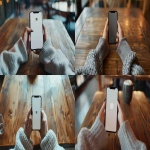


](https://images.ai-img.art/thumbnails/150/85464d88f1d4314cd042a02a6f41440fc3b4343db529794cbe8e6836fdadf409.webp)

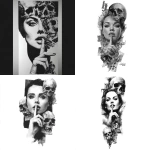

](https://images.ai-img.art/thumbnails/150/9127f72c6be19d533c26ac476f4d216cd89a6a2d7c351333489a3eff30c3ec5a.webp)
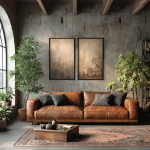



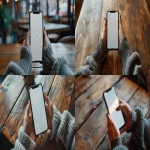

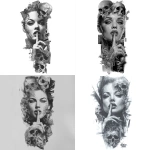




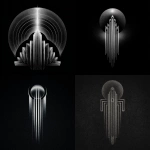



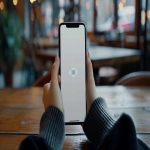


](https://images.ai-img.art/thumbnails/150/d29fcfc8037938184a641f7980e1102e24a6e82088bc465886d26ffe5bb006c7.webp)

](https://images.ai-img.art/thumbnails/150/4a4f2a16da94ebadad64aeb3b0fb4e64d426431f1d651cc4929142c728fe85b7.webp)





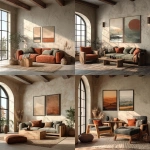

](https://images.ai-img.art/thumbnails/150/24610c8978ce6b4f1ced8639b434482871adb07e38af8b90cd535f2533bf18cc.webp)
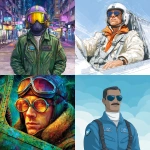
](https://images.ai-img.art/thumbnails/150/37f115f2fa75765b87e6d3e2c9f1b0a80a6a46efa8b864a05278c7fc0a0a62e7.webp)